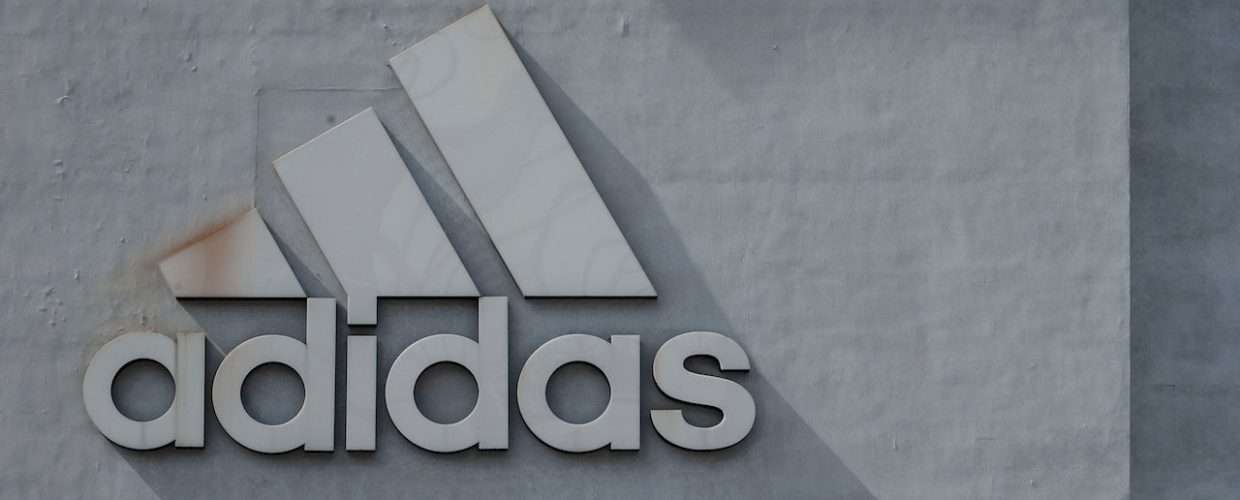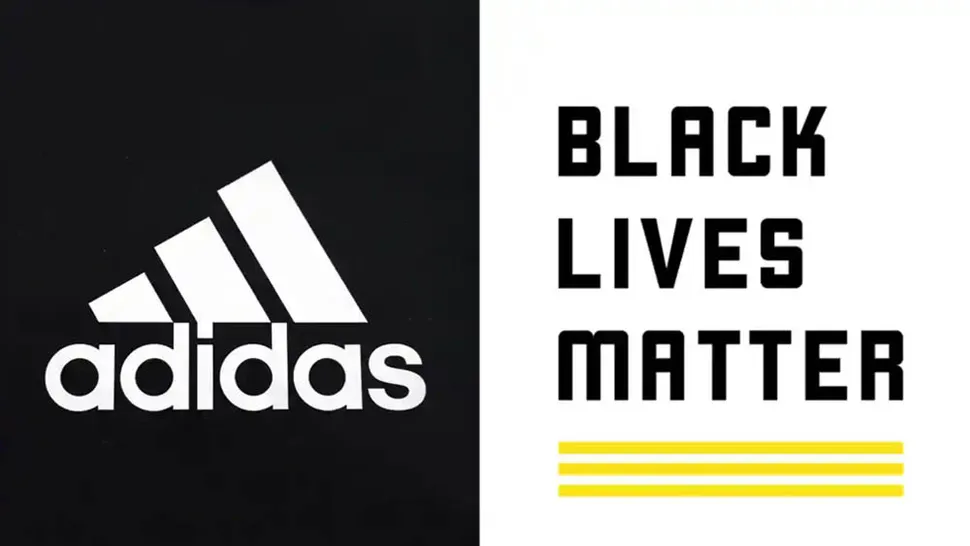Adidas has filed a lawsuit against LIV Golf League for trademark infringement due to a conflicting logo. It’s complaint comes just after the golf league submitted five trademark applications containing the contentious logo design.
The sportswear giant alleges that the golf leagues logo bears a similarity to its own trademarked logo, and may cause confusion among consumers.
In its complaint, Adidas argues that the golf club’s logo, which features similar shapes and may creates confusion in the marketplace and lead consumers to believe that there is a connection between the two. This could potentially harm Adidas’ brand reputation and dilute its trademark.
Adidas is known for vigorously protecting its intellectual property rights, but this seems like an attempt by adidas to literally “own all stripes” and word on the street suggest a waste of time by adidas. It’s
Adidas on left Liv Golf League Right
The outcome of the lawsuit will depend on the specific details of the case, including the degree of similarity between the logos and whether the court finds that there is a likelihood of consumer confusion. it’s latest lawsuit comes months after another lawsuit against Black lives Matter group for its 3 stripes use which adidas claimed was similar to its own.
Legal disputes over trademark infringement are not uncommon in the business world, and they often require a thorough examination of both logos and their usage in the respective industries.
How to Create Unique Logos and Avoid Lawsuits Later
To avoid copying logos of other brands and ensure the originality and uniqueness of your designs, logo designers should follow these best practices:
1. Avoid Generic Symbols:
– Avoid using generic symbols and clichés commonly associated with a particular industry (e.g., a globe for a travel agency).
– Strive for unique and innovative visual representations.
2. Be Unique:
– Aim for a design that stands out and is distinct from competitors.
– Avoid mirroring or directly copying elements from existing logos.
3. Typography:
– Create custom lettering or select a unique typeface to make the typography of the logo distinctive.
– Ensure that the chosen font aligns with the brand’s personality and message.
4. Color Palette:
– Develop a color palette that reflects the brand’s identity and differentiates it from competitors.
– Be mindful of the psychology of colors and their impact on perception.
5. Feedback and Revisions:
– Seek feedback from peers, mentors, or the client to refine the design.
– Be open to making revisions based on constructive criticism.
12. Copyright and Trademark Search:
– Before finalizing a design, conduct a thorough search to ensure it does not infringe on existing trademarks or copyrights.
– Use tools like Google reverse image search or tiny eye to upload your logo and see if similar or exact ones turn out.
13. Client Approval:
– Present the final design to the client for approval and ensure they are satisfied with the result.
14. Documentation:
– Keep records of your design process, sketches, and drafts for future reference and to prove the originality of your work.
By following these guidelines and practicing ethical design principles, logo designers can create unique and compelling logos that effectively represent their clients’ brands without infringing on the intellectual property of Adidas and others.




